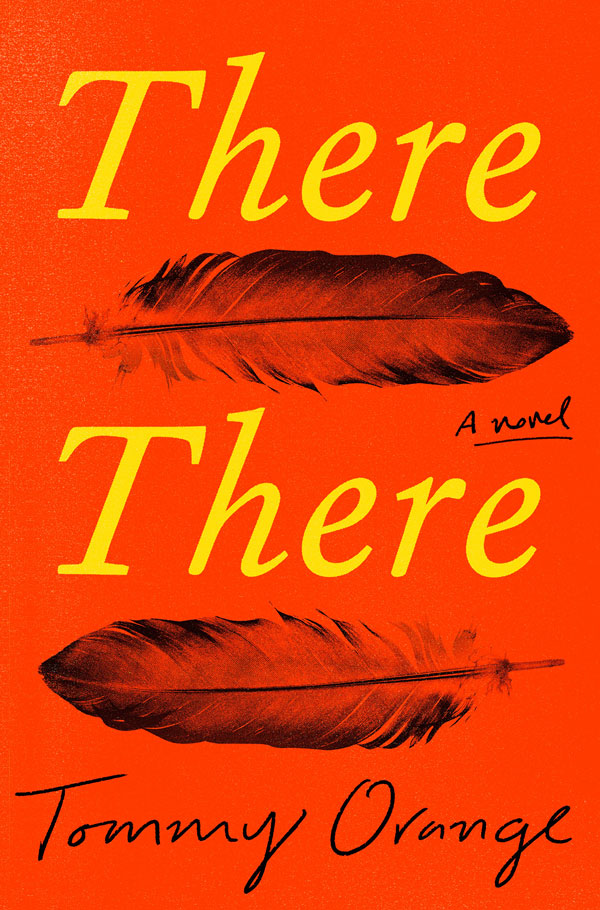Lisa Nielson is an Anisfield-Wolf SAGES Fellow at Case Western Reserve University. She has a PhD in historical musicology, with a specialization in Women’s Studies, and teaches seminars on the harem, slavery and courtesans.

Every novel has a soundtrack, whether or not the author creates one consciously.
The soundtrack to Tommy Orange’s novel There, There unleashes the music of three different generations and diverse genres to score the lives and histories of his characters within the urban soundscape of Oakland, California. The title There, There comes both from the Radiohead song of the same name and Oakland native Gertrude Stein. As Orange bitingly demonstrates in the prologue, American colonialism has white-washed Native American history then reconstructed to a falsely romantic – and dead – past.
Orange reminds us on these pages that our American origin story has a soundtrack that defies white-washing. Listening to the score to There, There strikes a profound chord in the students I teach, giving them another dimension through which to read history.
To explicate these soundscapes, I create a playlist for the class. We start with Radiohead, then sample groups mentioned in the novel, like A Tribe Called Red and MF Doom. To show how the stereotype of the “noble savage” is transnational, I add at least one piece from the European classical tradition. To European composers, the Americas were ripe with the exotic. Indigenous people were paraded around Europe, inspiring music lauding the “noble savage.” American music forms created by enslaved Black Americans were incorporated into chamber music, symphonic works, and parlor songs. One example is the well-known baroque piece Les Indes galantes (The Amorous Indies) by Jean-Philippe Rameau (1683-1764), and this semester I used a clip of a fantastic modern interpretation.
We listen to the music without video to start, to remove visual distraction. We discuss how composers use different sounds to depict exoticism and “Indianness,” from sampling chants in A Tribe Called Red, to the Western classical tropes of what constitutes an “American” sound. We discuss how the lyrics fit with the song, genre and listening preferences: what do students hear first? What draws them into the music? Why do some genres grab the attention of some folks and not others?
Because music is a social institution, shaped by the sounds of history, we consider how what we listen to sits at the borderlands of culture and the deeply personal. Music can inspire a sharp and immediate emotional response, particularly when we listen as part of a community. I use this insight to emphasize that students all live in the interstices of several communities simultaneously. As one of my friends would say, music is like a mixed neighborhood, filled with different soundscapes, traditions and ways of listening.
When we address music as a social organ, we remember that listening to soundscapes is intrinsic to understanding history. That history, especially in the United States, has always been diverse. Popular music, from K-pop to rap, is filled with reminders that White Americans did not create our most “American” music.
Like the novel itself, There, There’s soundtrack challenges our nostalgic stereotypes not only of what constitutes “Native,” but “American.”
Additional songs:
A Tribe Called Red – “Burn your village to the ground”:
DJ Shub (formerly of A Tribe Called Red) – “Indomitable”: